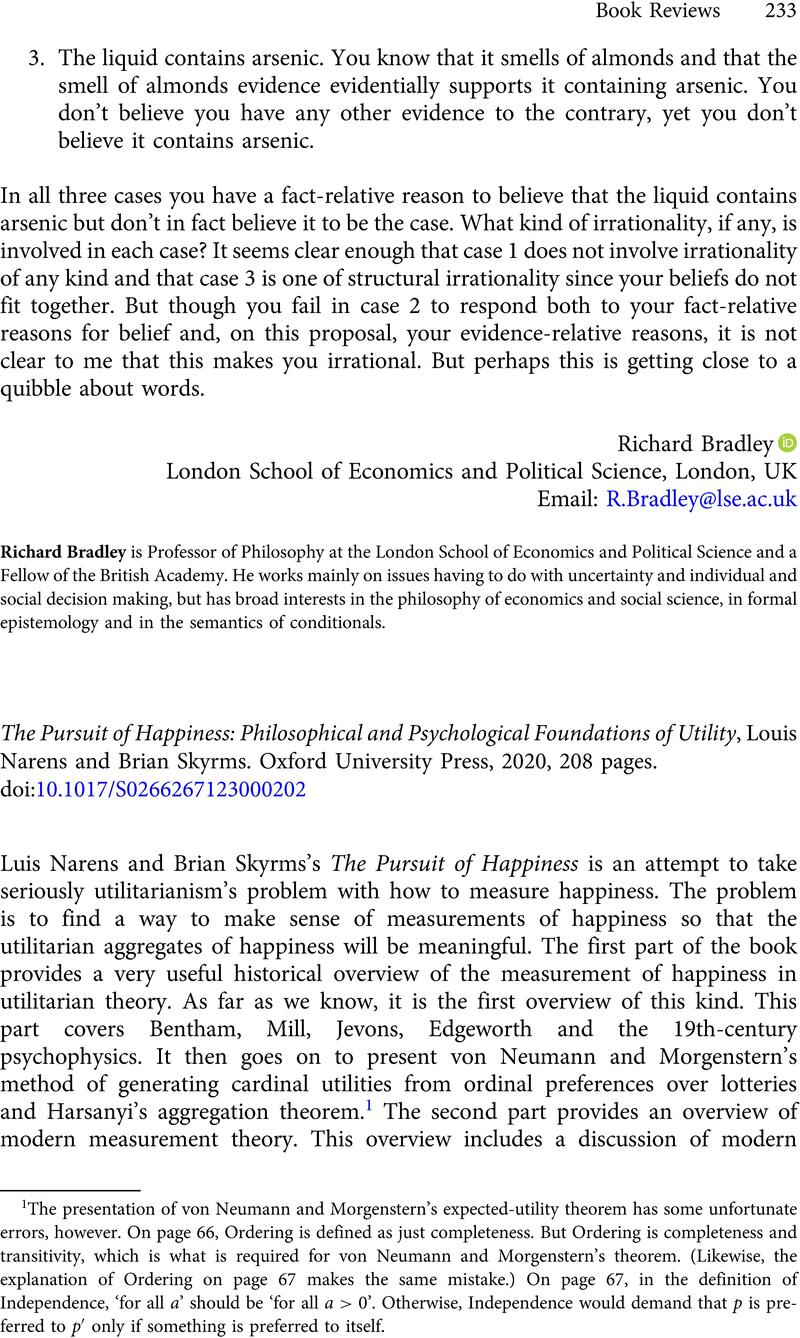Arrhenius, G. 2009. Can the person affecting restriction solve the problems in population ethics? In
Harming Future: Persons Ethics, Genetics and the Nonidentity Problem, ed.
Roberts, M.A. and
Wasserman, D.T.,
289–
314.
Berlin:
Springer.
CrossRefGoogle Scholar 